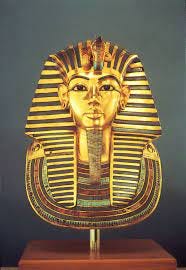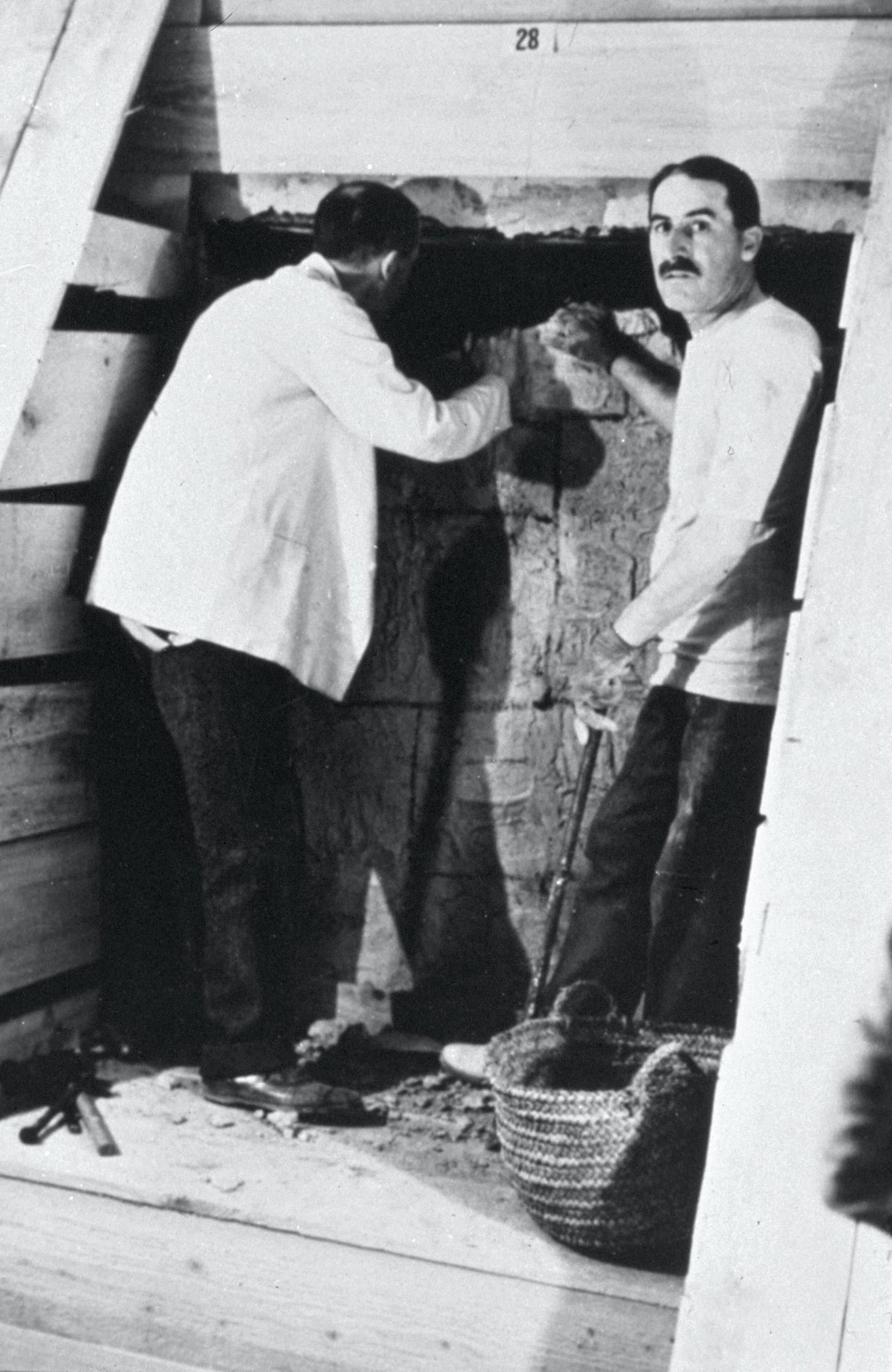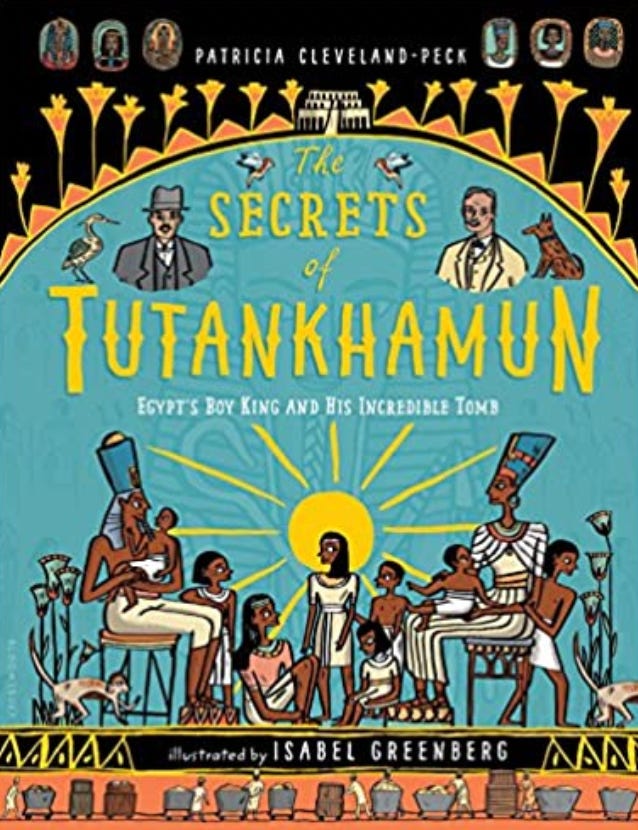In this post, I'll be sharing some of the best online resources to help teachers and pupils explore the majesty and mysteries of ancient Egyptian civilisation. This is a popular topic in Key Stage 2 so you may already be familiar with some of these but hopefully you will find something new as well. I have included examples that have been genuinely useful during my own teaching or that pupils have found helpful for homework projects.
1. The British Museum
I obviously had to start with the BM: it houses one of the greatest collections of ancient treasures in the world. Its website covers a huge range of civilisations and would be useful for a number of topics in addition to ancient Egypt. You can search the collection for artefacts (a really useful resource if you want to examine primary sources and don’t have any physical artefacts to use in class). There’s also a good schools section, which has downloadable mini-lessons for use in the classroom, including ‘How Were Mummies Made?’ And ‘Reading a Papyrus’ which focus on specific artefacts.
If you are London based and can facilitate a visit then this is definitely a place to fire pupils’ imaginations.
2. Liverpool Museums
https://www.liverpoolmuseums.org.uk/virtual-tours/ancient-egypt-virtual-tour
This website comprises a virtual tour of the gallery, where you can explore a range of ancient Egyptian artefacts. There are also accompanying videos about ancient Egypt and the artefacts on display.
There is also a bank of photographs of artefacts from the entire collection that you can search many of which are not actually on display.
Again, you could visit Liverpool’s World Museum for yourself depending on your locality and explore the collection first hand.
https://www.liverpoolmuseums.org.uk/world-museum
3. The Egyptian Museum
https://www.egyptianmuseumcairo.com/egyptian-museum-cairo/
It’s unlikely that anyone will be going on an educational visit to this museum (Cairo is a little far away for most of us) but this site brings the collection to your computer. It houses vast array of artefacts including, of course, those discovered in Tutankhamun’s tomb. Although there are some useful sources to study here, the site isn’t as easy to navigate as others and you do have to scroll through to find the artefacts for which you’re looking.
4. BBC Bitesize
https://www.bbc.co.uk/bitesize/topics/zg87xnb
Most teachers will be familiar with BBC Bitesize and there are some short fun, interesting animations that introduce a number of key concepts about Ancient Egypt.Farming, games, hieroglyphics and religion are some of the topics covered.
5. DK Findout!
https://www.dkfindout.com/uk/history/ancient-egypt/
Pupils love exploring this site - there’s a map of the Nile showing various aspects of ancient Egyptian life. It’s really interactive, fun website; a reliable online secondary source with information you can trust. It also links up with the accompanying DK books which are good, solid information books.
6. Virtual Tombs
https://www.osirisnet.net/3d-tours/kv16/index.php?en
Become and intrepid archaeologist and descend into the tomb of Rameses or Queen Nefatari. This site allows you to experience a virtual tour of a number of real Egyptian tombs.
7. Howard Carter’s Dairy
http://www.griffith.ox.ac.uk/gri/4sea1not.html
Howard Carter and Lord Canarvon’s discovery of Tutankhamun’s tomb in 1922 is almost as interesting as the boy king himself and there’s is available to read here. This is useful for finding out about the role Carter played and the discovery itself but also lends itself to English work based on this important event.
There is another abridged version, more accessible for primary pupils here:
If you’re interested in a book for your class that reveals more about both Tutankhamun and Carter then Isabel Greenberg’s book is very accessible with some good illustrations and detailed information.
8. Discovering Egypt
This is a website that covers a range of achievements of the ancient Egyptians, including hieroglyphics, their numeric system and various inventions. Good for background knowledge and homework projects.
9. The Scarab’s Secret
Sadly, this great little picturebook is now out of print, however it provides a great insight into Egyptian tombs and burial told from the point of view of a humble scarab beetle who unearths a plot to assassinate the pharaoh. It’s a great starting point for looking at tombs and could generate some good English and Art work too. If you see a cheap second-hand copy, my advice is to grab this one!
10. Google Earth
You’re more likely to use Google Earth in geography sessions, however this is a fantastic tool for linking the geography of ancient (and modern) Egypt with its history. It can be used for discussing the impact the Nile had on this civilisation and also for exploring sites like Giza visually. A glance at the image below shows exactly why the major cities and monuments in ancient Egypt were built along the Nile and how this would enable trade between African countries!
However you teach Ancient Egypt, I hope there is something you can take away from this piece that will help pupils experience awe and excitement in discovering more about this amazing civilisation.












